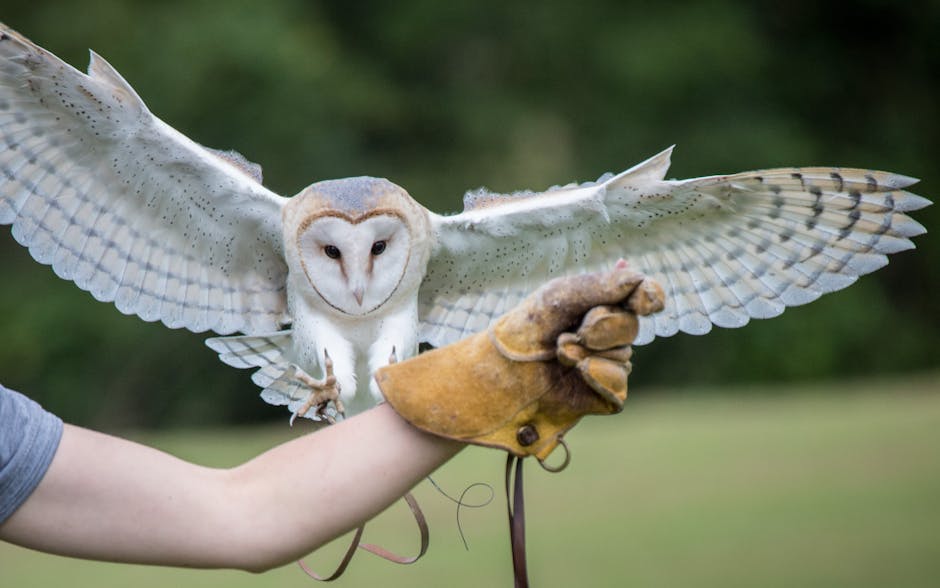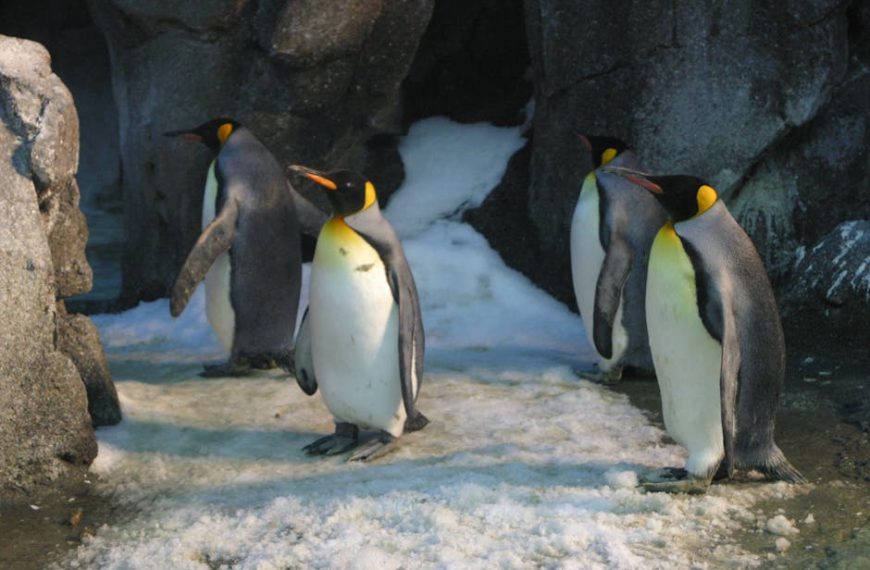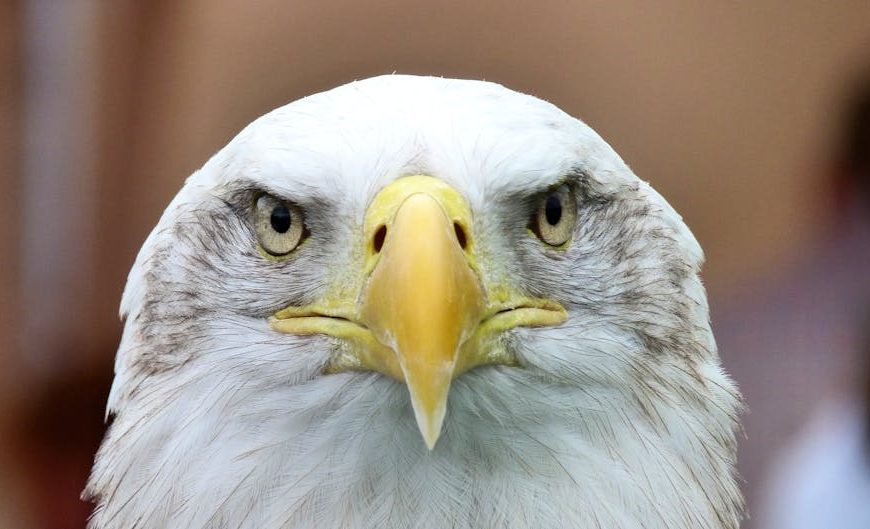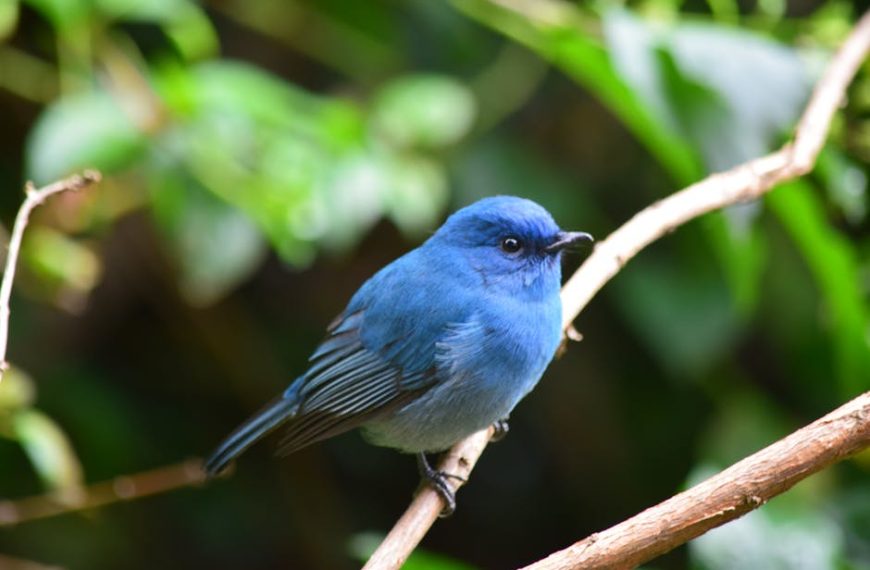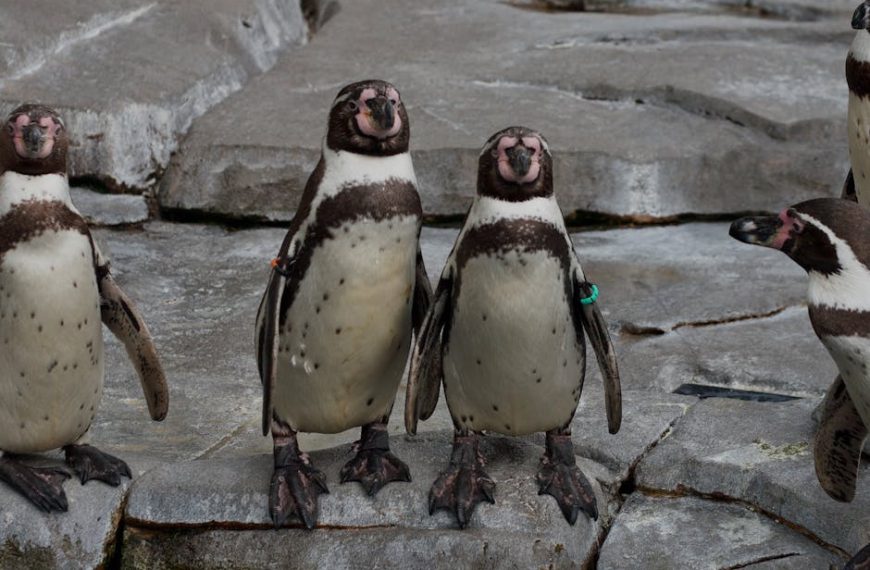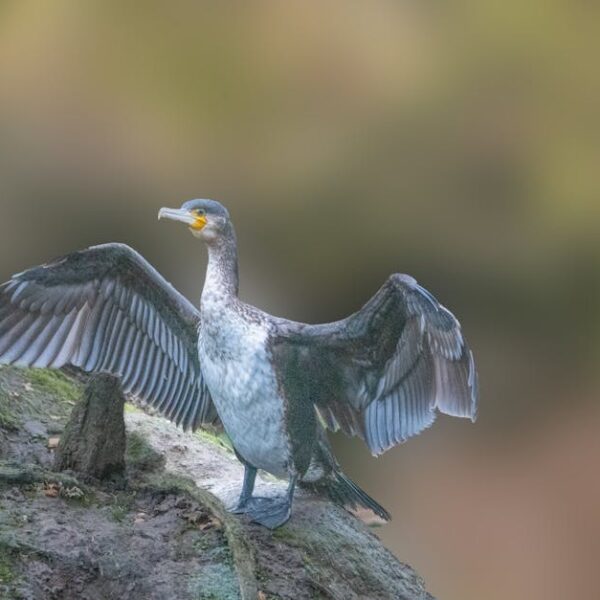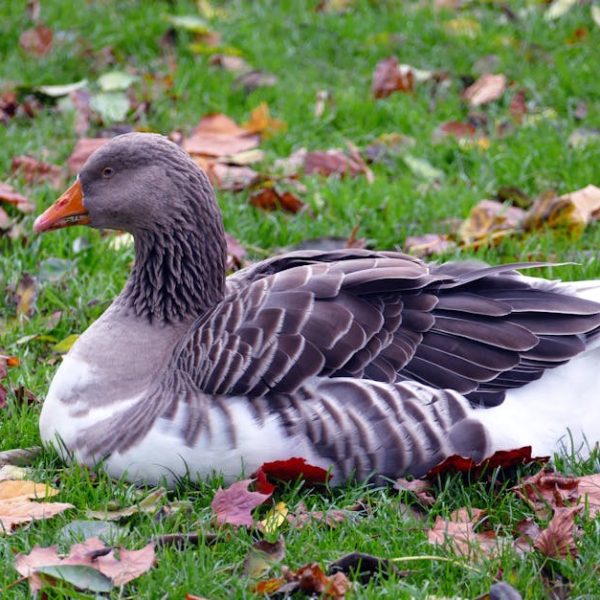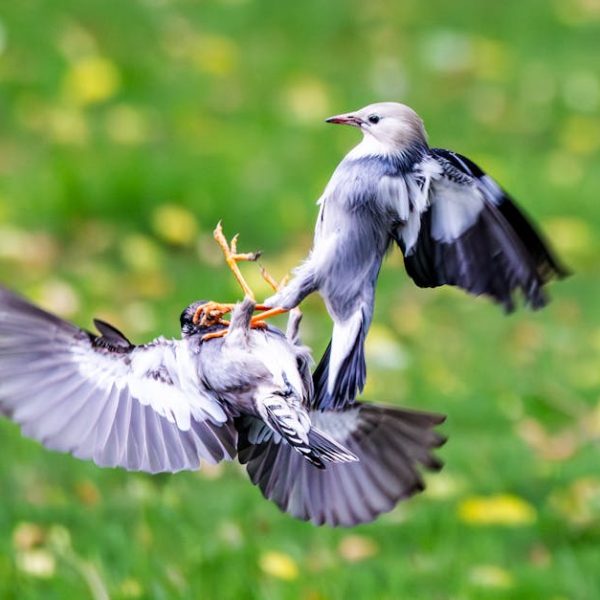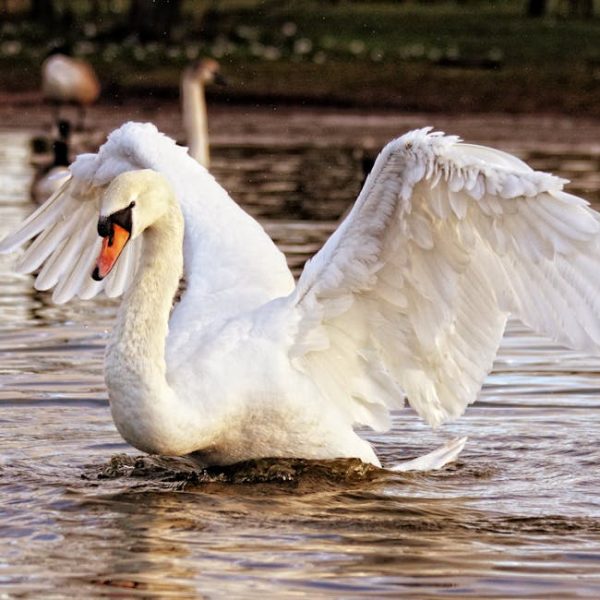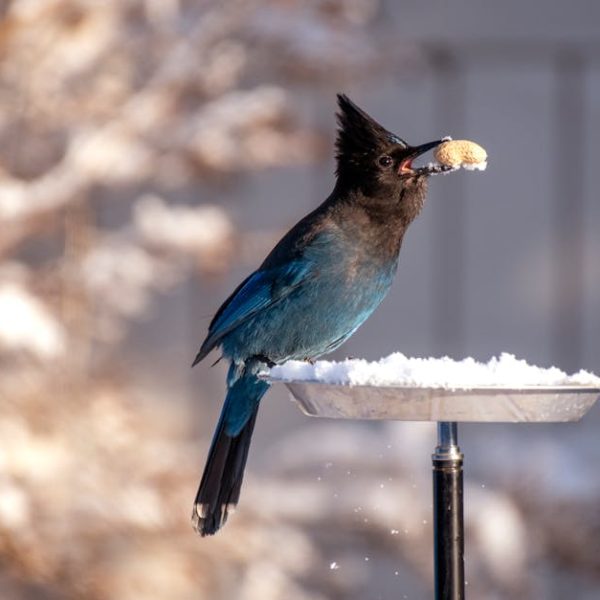From soaring eagles to playful dolphins, our diverse wildlife boasts many fascinating creatures. Among them, birds and mammals are two broad groups that not only provide captivating studies in their diverse forms and behaviors but also mark clear distinctions in their physiology, anatomy, diet, reproduction, and social constructs. Let’s imbibe a deeper understanding of these two groups’ key characteristics as we explore how birds differ from mammals.
Biological Differences Between Birds and Mammals
Birds and mammals encompass a plethora of species, each bearing unique traits, yet their biological differences distinctly echo within each group. The most visible disparity is their outer covering – birds are adorned with feathers, while mammals are typically shrouded in fur or hair. While both feathers and hair serve as insulation, feathers additionally assist in flight and waterproofing for aquatic birds.
Another intriguing difference lies in their reproductive structures; birds lay eggs, delivering their offsprings in a shelled casing, while mammals bear live young ones, generally after a significantly longer gestation period.
- Feathers vs Hair/Fur
- Egg-laying vs Live birth
These differences aren’t merely superficial; they play a massive role in the adaptive strategies of these creatures. For instance, a bird’s feathers are optimized for flight, thereby broadening their prospects for finding food, mates, and migrating to favourable conditions.
Anatomical and Physiological Variations
Anatomical and physiological differences further demarcate the boundary between birds and mammals. Birds possess a four-chambered heart, identical to mammals — however, their respiratory system is remarkably different. Unlike mammals, birds boast a highly efficient, unidirectional flow of air through their lungs, dramatically enhancing their oxygen intake – a boon for their high-energy flying antics.
- Birds: 4 chambered heart, Unidirectional flow of air in lungs
- Mammals: 4 chambered heart, Bidirectional flow of air in lungs
These variations also offer helpful cues for enthusiasts studying wildlife. An understanding of these physiological variations can enhance their birdwatching or mammal observation pursuits, acknowledging animal behaviors linked with these anatomical traits.
Differences in Food Habits and Digestion
Food habits and digestion system differences offer a fascinating insight into the ecological roles of birds and mammals. Birds, being high-energy creatures, need lightweight yet high-energy food to sustain their flight. As a result, birds often rely on a diet of insects, fruits, nectar, or small mammals – digested quicker due to their modified digestive system.
Conversely, mammals show more diverse food habits, ranging from carnivorous diets to specialised plant-based diets, supported by a varied and complex digestive system.
- Birds: Insects, fruits, nectar, small mammals, Quick digestion
- Mammals: Varies – from carnivorous to plant-based, Slow digestion
Ecologists often use these dietary patterns and their connection with the digestive system to understand and predict the behavior of birds and mammals in their natural habitats. For instance, knowing that a certain bird feeds on nectar can lead us to predict its role in pollination.
Variations in Reproduction and Life Cycle
In the realm of reproduction and life cycle, birds and mammals exhibit remarkably different trends. Birds, typically oviparous, lay eggs – their offspring hatch and rapidly progress to a fledgling stage, eventually fledging to become independent. In contrast, mammals are viviparous. They give birth to live young ones that gradually mature via stages of infancy, youth, and adulthood.
- Birds: Egg-laying, Rapid growth to fledging, Shorter life cycles
- Mammals: Live birth, Gradual growth through stages, Longer life cycles
Understanding these life cycle variations is vital, not only for academic learnings but also for conservation efforts. This knowledge can guide the optimal care for captive or domesticated birds and mammals, and consistently inform interventions aimed at preserving endangered species.
Behavioral and Social Structure Differences
Digging further into the social dynamics of birds and mammals unveils an array of fascinating differences. Many birds, especially songbirds, employ complex vocalizations for mate attraction, territorial displays or group communication. Mammals, in contrast, use a combination of vocal, visual, and scent-based cues to communicate.
While social structures in both groups can range from solitary to complex group dynamics, birds often exhibit seasonal group formations (as in migratory flocks) while many mammals establish long-term, structured social groups (as in wolf packs or elephant herds).
- Birds: Complex vocalizations, Seasonal group formations
- Mammals: Multi-faceted communication, Long-term group formations
As wildlife enthusiasts and observers, it’s crucial to comprehend these behaviors, ensuring that our interest does not disrupt their natural activities. Remember that enjoying and studying nature comes with the responsibility of maintaining respect for these fascinating creatures and their habitats.
With all these fascinating differences, it’s clear that though birds and mammals share the planet, they navigate through life in fundamentally different ways. Understanding these differences not only enrich our knowledge but also spurs us to appreciate and protect the incredibly diverse tapestry of life that graces our Earth.
Key Takeaway:
- Birds and mammals, though somewhat similar, have unique characteristics that differentiate them in terms of biology, physiology, food habits, reproduction, and social behavior.
- Birds have feathers and lay eggs while mammals have fur and give birth to live young; these result in distinct advantages for survival.
- Physiological differences, especially in regards to their heart structure and respiratory systems, offer great insights into their ecology and behavior.
- Varied food habits and digestion systems reflect their ecological roles and adaptation strategies.
- Their reproductive processes and life cycles present valuable insights useful for conservation efforts.
- Both birds and mammals exhibit unique social behaviors with diverse communication modes and social structures.
Rest assured, comprehending these diverse characteristics not only enriches our knowledge about these fascinating creatures but also helps us appreciate the diversity of nature. Nature never stops surprising us with its amazing life forms, so let’s continue our exploration and learn more about the world around us.
FAQs
Q: Do birds and mammals share any similar characteristics?
A: Yes, both birds and mammals are warm-blooded, possess a four-chambered heart, and are capable of high levels of activity such as flight or climbing.
Q: Why do birds lay eggs while mammals give birth to live young?
A: This is nature’s adaptation strategy. The process of egg-laying is less energy-intensive and allows birds to be mobile, which is crucial for survival. Mammals, on the other hand, have live young because their environments and body structures allow for a longer gestation period and a more protected birth process.
Q: Can a mammal’s diet help predict its behavior?
A: Yes, a mammal’s diet gives insights into its habits and habitat. For instance, a purely carnivorous mammal is likely to be an active hunter and typically nocturnal, while herbivorous mammals are usually active during the day and found in plant-rich areas.
Q: Why is understanding the life cycle of birds and mammals important for conservation?
A: Knowledge about their life cycle can guide efforts to prevent extinction and conserve endangered species. It aids in providing suitable captive care and tailoring conservation measures to the needs of specific stages of their life cycle.
Q: Can both birds and mammals form complex social structures?
A: Absolutely! Many bird species form structured groups particularly during migration, while numerous mammal species like wolves or elephants establish longer-term, structured social hierarchies. Understanding these structures gives important insights into their behavior and survival strategies.
Feel free to share this article with others who have an interest in wildlife and consider exploring our website for more enriching content on diverse topics!
